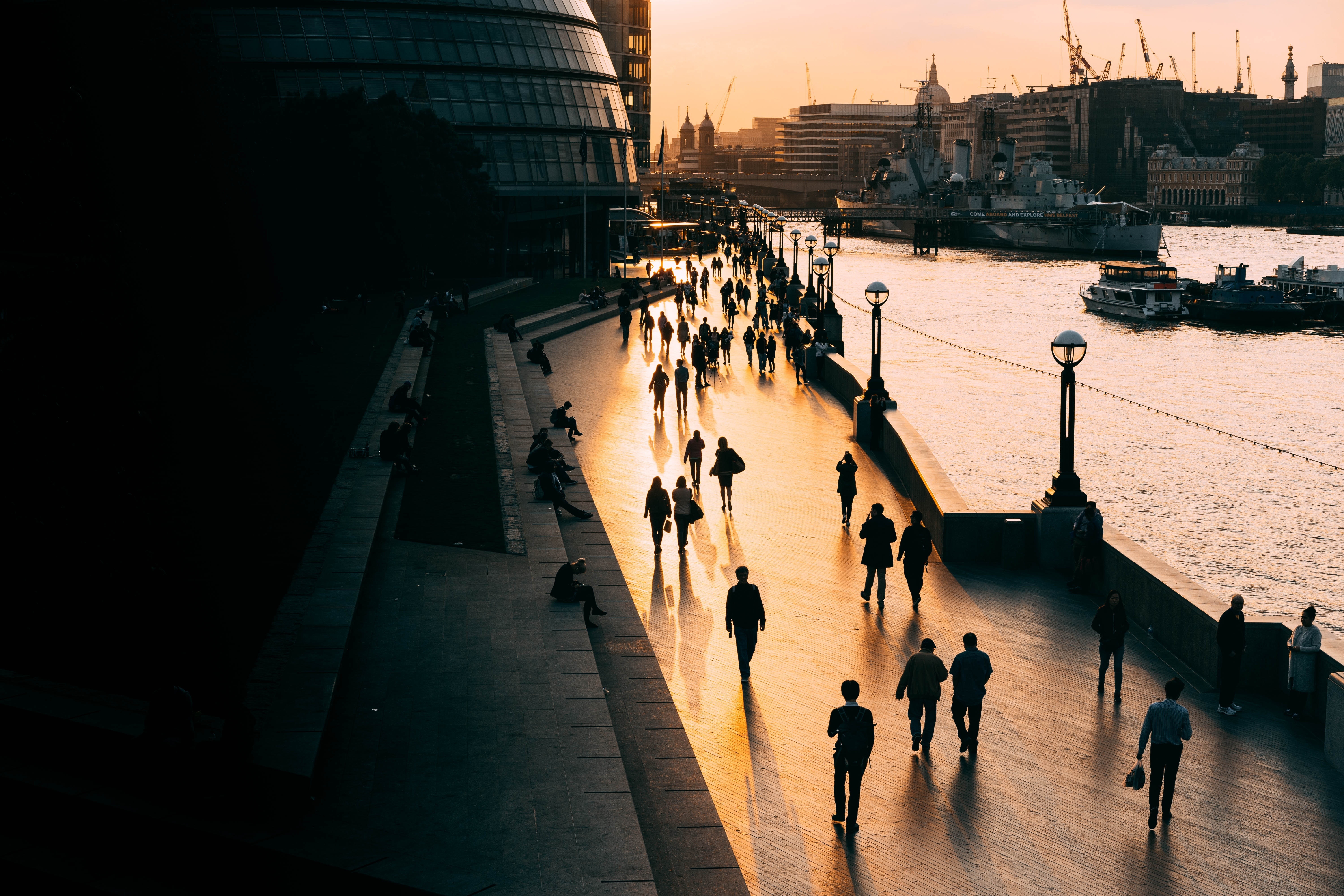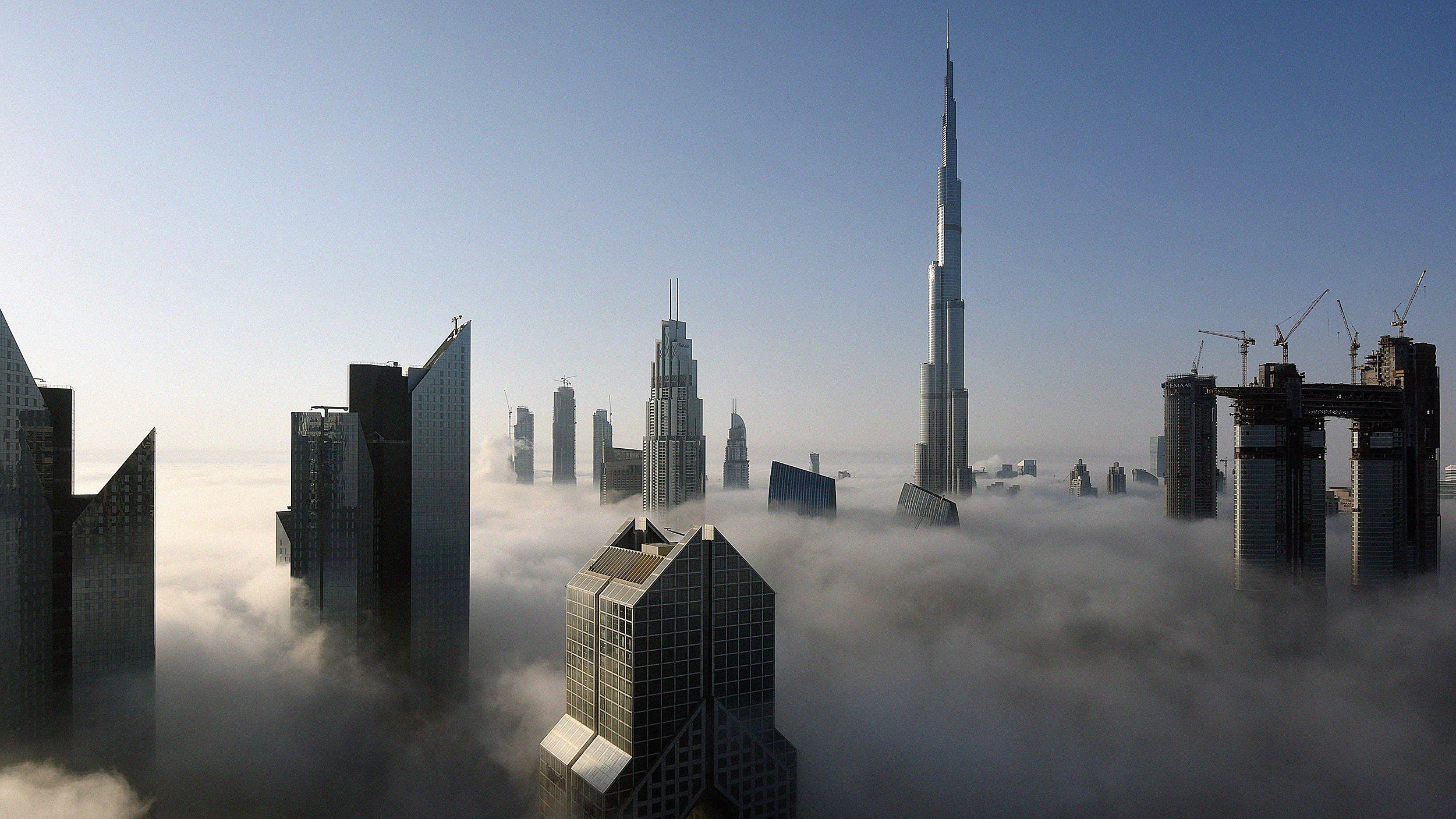Ever since President Jimmy Carter put solar panels on the White House in 1979, innovators and green-minded politicians have been trying to unlock the enormous benefits of energy efficiency across America. But those benefits have remained illusive for two reasons, says BlocPower founder Donnel Baird: financial constraints and engineering complexities. Aged infrastructure like power plants cost us a lot, financially and environmentally. Our best shot at efficiency is by “greening” existing buildings so they can create power locally, rather than burning fossil fuels at a plant and transmitting electricity over long distances, wasting much of it along the way. The problem is that greening isn’t cheap: it needs building analysis, and lots of capital to make the initial changes, which not all building owners have. Baird’s startup BlocPower has developed technology to lower the cost of building analysis by a huge 95 percent, and matches investors with building owners—it turns out greening buildings is a very profitable investment. Here, Baird explains the details of how updating infrastructure can bring health and wealth to a city: “We know that energy efficiency is going to reduce energy costs for building owners. It’s going to create local jobs. It’s going to reduce our dependence and reliance on foreign oil. And it’s just going to be awesome all around for the environment.”
Donnel Baird: So aging infrastructure is a huge contributor to high costs and actually poor public health in urban areas. And the way that works is the utility companies, they have these power plants—normally in kind of rural areas, a little bit further away from the cities—and then they have these huge transmission lines that they use to transmit the electricity to an urban center. And you actually produce a ton of electricity and kind of lose a pretty significant percentage of it as it moves, and so there’s already some cost that everyone is paying for through older, inefficient infrastructure because of the inefficiency of the transmission lines.
And the actual age and inefficiency of the buildings themselves are also pretty expensive, because they waste energy. They're inefficient, they over-consume electricity per square foot. That’s how aging infrastructure really contributes to wasted electricity, and wasted electricity is expensive electricity.
We’re learning that when you green a building, when you do energy efficiency in a building, you’re actually lowering the amount of indoor air pollution that gets trapped inside the building, and so we’re actually reducing asthma rates as we green each building. And lots of inner-city communities have lots of pollution, the pollution gets trapped inside the buildings and it drives high asthma rates, there’s lots of families going to the emergency room with chronic asthma—and so it’s this huge public health crisis. It’s a huge cost. And so we know that there’s all these benefits to greening buildings.
President Jimmy Carter put solar panels on the White House I think in like the 1970s, before I was even born, and started a green buildings program called the Weatherization Assistance Program, I think in like 1976. And from then to now, from a policy perspective we’ve been trying to figure out how to unlock the benefits of energy efficiency across America for decades. Because we know that energy efficiency is going to reduce energy costs for building owners. It’s going to create local jobs. It’s going to reduce our dependence and reliance on foreign oil. And it’s just going to be awesome all around for the environment.
The challenges to greening the buildings is that each building is unique. It’s custom; it has its own profile, its own history, its own performance. You may have two buildings that were built at the exact same time but the history of maintenance is totally different, the owners have been totally different, the ways that the building are used are totally different. And so you have to learn about the profile of each building before you can make an energy efficiency intervention. And the cost of learning the profile of each building is prohibitive. It’s too expensive. And so the cost of analyzing these buildings can be anywhere from $5,000 to $500,000, depending on the size of the building. And it’s a difficult thing to ask a building owner to pay that amount of money to figure out what’s possible to do in terms of sustainability. So that’s problem number one.
And problem number two is that banks are not comfortable providing capital to many of these buildings. As part of thinking through our CGI U commitment we had to come up with a range of solutions for the engineering problem and the financial problem to help green buildings in American cities. So what we’ve had to do at BlocPower is we worked with Goldman Sachs and Barclays to develop a structured financial product whose only reason for existence is to figure out how to analyze buildings and borrow money in aggregate in a large enough pool so that we can kind of finance the green building interventions that we’ve made.
And then at BlocPower we’ve developed a set of technology working with data scientists and the Internet of Things that allow us to lower the building analysis cost by about 95 percent. We install sensors, we use cloud computing, we have an algorithm, a building science algorithm that we’ve built internally at BlocPower that takes all of the real-time data that we’re collecting from sensors that we install in the building. We analyze that real time data and we’re able to make recommendations as to what mix of solar panels, high efficiency heating systems, what ways we can kind of alter and optimize the performance of that building’s energy system so that it saves money, reduces greenhouse gas. We’re able to hire locally, to have local contractors come in and install solar panels, install new heating systems and boilers. So the project is going really well.
What’s so interesting about these buildings is that they’re really profitable investments, right. So if you can figure it out, you can make investments in some of these buildings that have a 60 percent financial return. They pay for themselves within one year and within two years you start to make a financial return, and in five years you’ve made a 50 percent return! I mean that’s better than buying stocks, right. There’s just a lot of industry barriers in terms of engineering analysis, financial analysis, construction, implementation, that stand in the way of getting green buildings projects off the ground.
So when we think five years from now, ten years from now about how green technology can really increase efficiency, improve infrastructure and lower costs instead of burning fossil fuels at a power plant, you know, 50 miles away from New York City or from Boston, we can now have local solar panels, solar PV. We can have local electric batteries that store electricity that’s generated by those panels inside the city of Boston or inside the city of New York. The electricity is produced locally, it’s transmitted locally, it’s used locally. We’re going to save a ton of money, and it’s going to be awesome for the environment.




